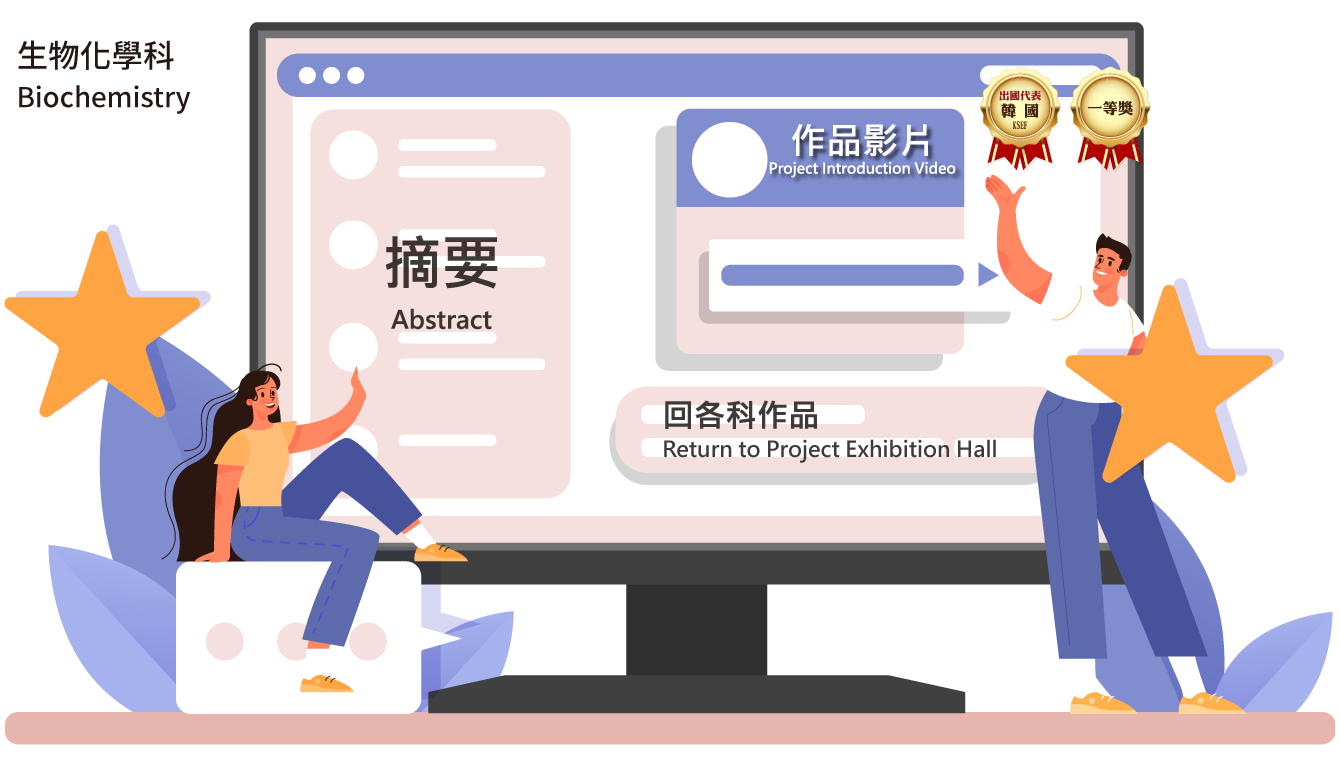Taiwan

In the field of regenerative medicine, the ability to control differentiation of stem cells holds the potential for repairing damaged tissues or constructing new ones. Currently, most methods for inducing stem cell differentiation involve chemical induction with adding of growth factors, which have disadvantages such as high costs and time consumption. In this study, we focused on human umbilical cord Wharton's Jelly mesenchymal stem cells (WJ-MSCs) as the target for induced differentiation. We let them attach to collagen microislands with optimized patterns, and applied two oxidative stress methods, atmospheric pressure plasma jet and H2O2, to stimulate the cells. The aim was to investigate the best conditions for inducing differentiation of WJ-MSCs.
Our research found out that using atmospheric pressure plasma jet alone significantly increased the osteogenic differentiation rate of WJ-MSCs, and when combined with star-shaped microislands culture, it further enhanced the osteogenic differentiation rate. Our future work will involve attempts to induce stem cell differentiation using H2O2. Also, we will make a deeper exploration of the conditions and mechanisms of how atmospheric pressure plasma jet and H2O2 increase adipogenic differentiation rates. We hope that this new technique can replace traditional chemical induction methods and make contributions to tissue engineering.